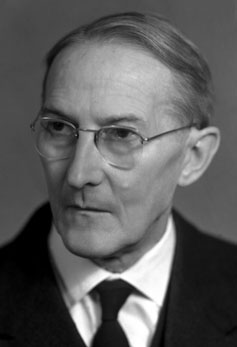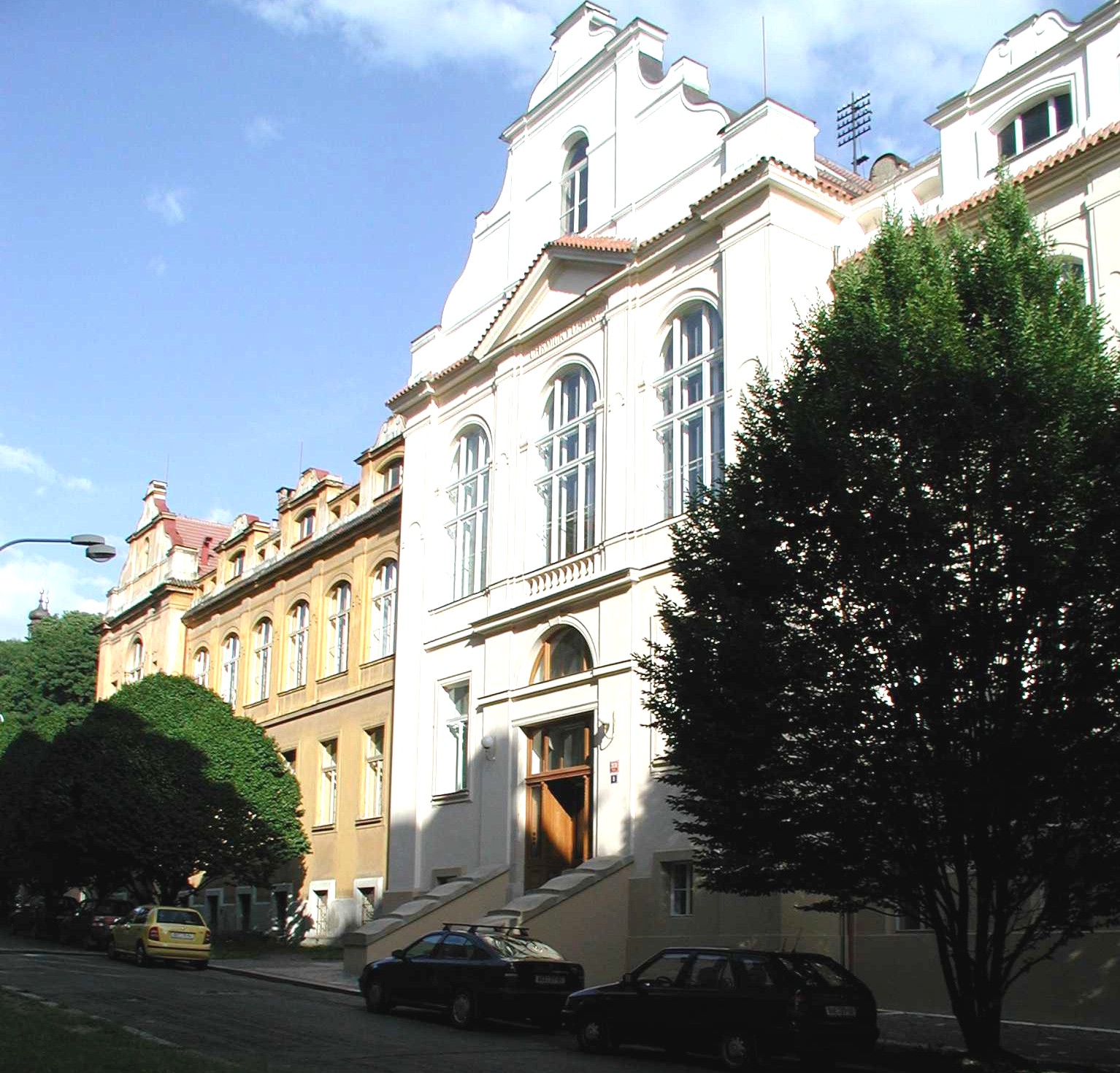History
 Character of the chemical division has always been shaped by major scientific and educational figures; among the first were Bohuslav Brauner, the distinguished inorganic chemist and friend of D.I. Mendeleev, and Joseph V. Koštíř, the Czech biochemist who in 1953 initiated the creation of a separate department of biochemistry and became its first leader. The most prestigious international award – the Nobel Prize in chemistry – was awarded to professor of physical chemistry Jaroslav Heyrovský in 1959 for his studies of electrolysis on mercury drip electrode polarography and construction in 1922. The results of his research created a world-renowned analytical method and made a huge contribution to the development of physical chemistry and electrochemistry.
Character of the chemical division has always been shaped by major scientific and educational figures; among the first were Bohuslav Brauner, the distinguished inorganic chemist and friend of D.I. Mendeleev, and Joseph V. Koštíř, the Czech biochemist who in 1953 initiated the creation of a separate department of biochemistry and became its first leader. The most prestigious international award – the Nobel Prize in chemistry – was awarded to professor of physical chemistry Jaroslav Heyrovský in 1959 for his studies of electrolysis on mercury drip electrode polarography and construction in 1922. The results of his research created a world-renowned analytical method and made a huge contribution to the development of physical chemistry and electrochemistry.
Present
Even today, developments in chemistry are significantly influenced by long-standing collaborations with world-renowned scientists, some of whom have been graduates of chemistry at the science faculty. A few notable names are Antonín Holý (synthesis of new virostatics and cancerostatics), Josef Michl (molecular electronics) and František Tureček (mass spectrometry of biomolecules).
Background
 From the beginning, the chemistry division has been linked to the chemical institutions building, which was one of the first structures completed in the Albertov areal in 1904. During its existence, the building has undergone many modifications, of which the most recent, the complete reconstruction and modernization of the interior from 2002 to 2007 can be considered the most important. Thanks to this, the building now provides students and employees with quality facilities and equipment, compliant with the standards of global university centres of chemistry.
From the beginning, the chemistry division has been linked to the chemical institutions building, which was one of the first structures completed in the Albertov areal in 1904. During its existence, the building has undergone many modifications, of which the most recent, the complete reconstruction and modernization of the interior from 2002 to 2007 can be considered the most important. Thanks to this, the building now provides students and employees with quality facilities and equipment, compliant with the standards of global university centres of chemistry.





















